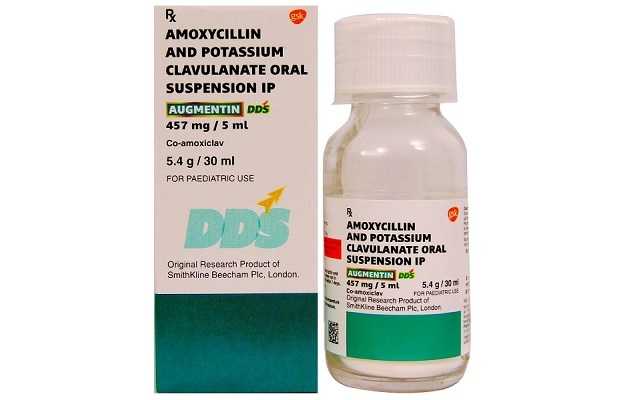O2 Suspension is a commercial drug that is prescribed in the form of Suspension. Secondary and off-label uses of O2 Suspension have also been mentioned below.
The correct dosage of O2 Suspension depends on the patient's age, gender, and medical history. Besides the medical condition it is advised for, the route of administration also plays an important role in determining the correct drug dosage. This information has been provided in detail in the dosage section.
The side effects typically associated with O2 Suspension include Abdominal Pain, Nausea or vomiting, Skin Rash. Apart from the aforementioned side effects, O2 Suspension can also lead to other problems, which have been listed below. Usually, these side effects of O2 Suspension go away soon, and do not persist beyond the duration of the treatment. Consult your doctor if these side effects become worse or stay for a longer duration.
In addition, O2 Suspension's effect is Moderate during pregnancy and Moderate for lactating mothers. It is important to know if O2 Suspension has any effect on the kidney, liver and heart. Information on such adverse effects, if any, has been given in the O2 Suspension related warnings section.
O2 Suspension is contraindicated in people with pre-existing medical conditions like Heart Disease, Stomach Disease as it can result in adverse effects. Other conditions have been mentioned below in the O2 Suspension contraindications section.
Drug reaction of O2 Suspension with other medicines has been reported. See below for a complete list.
You should also be aware that O2 Suspension is safe while driving, and is addiction.
X
























